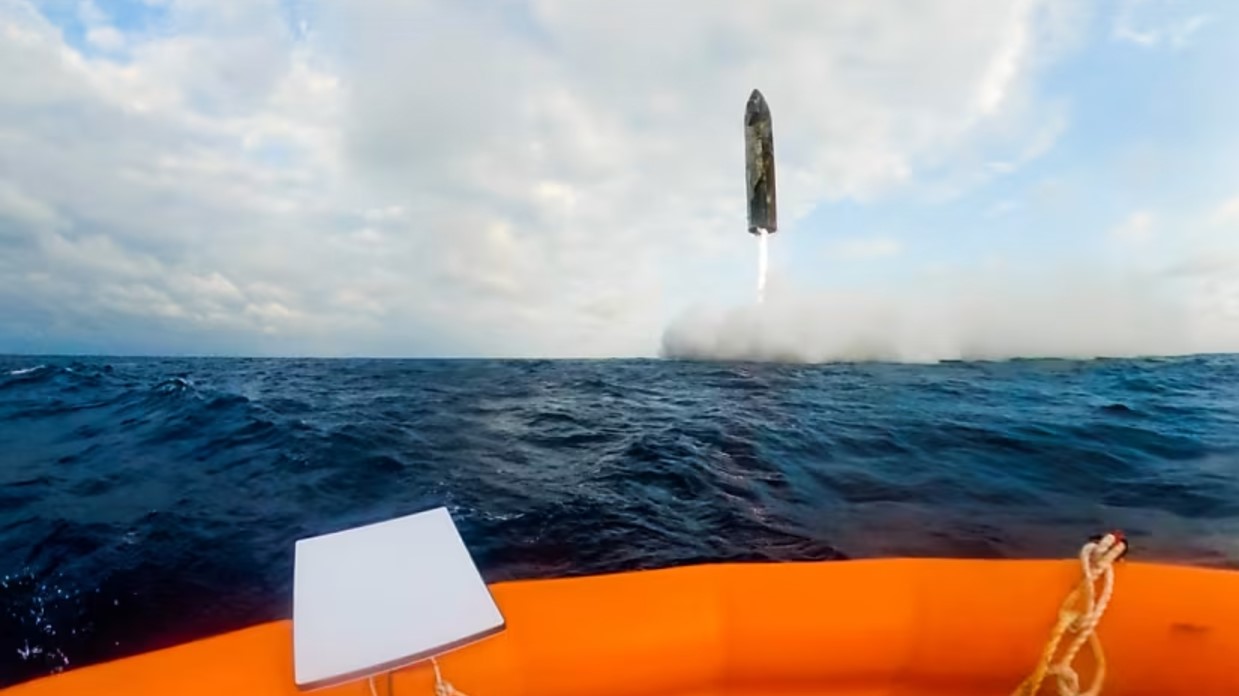One can resist everything except temptation (to paraphrase Oscar Wilde), as became apparent in the recent revelations of sexual relationships, and drug taking by crews on a nuclear missile armed Royal Navy submarine. These revelations caused shock within the British defence establishment who were especially concerned that the UK’s Trident missile nuclear deterrent was involved. Nevertheless, sex and the use of drugs on board a nuclear submarine is perhaps understandable, if undesirable, – especially as a boredom relief. A submarine crew will be submerged for months on end and without normal contact with the outside world (submarines are loath to use their mast mounted satellite communications systems as it gives their position away).
Apart from the implications to operational safety – submarine operations remain a risky business even in peacetime, as the recent disappearance of the Argentinian navy submarine ARA San Juan shows (see Post Script) – the scandals at the Royal Navy’s elite submarine service are a lesson for long range space missions which will have similarly long periods either out of communications (due to positioning or solar interference) or with some very long signal delays.
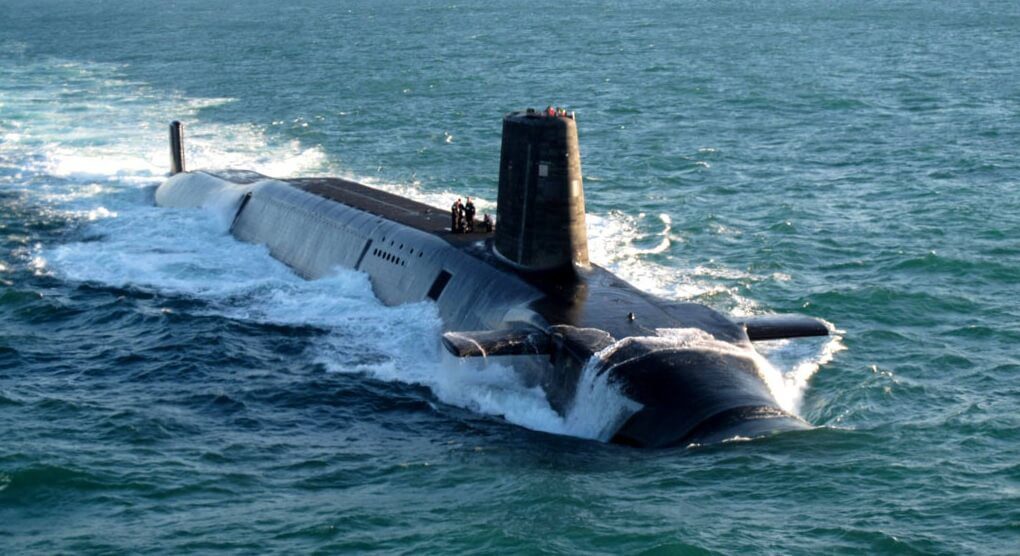
HMS Vigilant (Surfaced). Courtesy: UK MoD/Crown Copyright
However, while erring human nature can sometimes interfere with efficient and safe naval operations, there are a few more practical measures to avoid accidents such as groundings or collision mishaps.
One is to have very good safety and quality assurance protocols, many of which were introduced after the deep dive crush catastrophe of the US Navy’s USS Thresher nuclear submarine in 1963. These SUBSAFE protocols managed to cut the submarine loss rate by over 90 per cent, and went on to influence manned space safety procedures at NASA.
The other is to have more suitable equipment in the first place. And this means getting some smaller submarines for the Royal Navy.
The Royal Navy needs a new class of smaller submarines to stay out of trouble
Satellite imagery has recently been reported showing that North Korea building a “proper” ballistic missile carrying submarine, codenamed the Simpo-C, at its Simpo-South ship yard which would have banks of launch tubes held within its casing (the submarine it used for a recent test launch used a launch tube inside its conning tower) there is now a need for more submarines to track these dangerous leviathans. While it had its teething troubles and is very expensive to build, the Royal Navy’s new Astute class submarine remains an excellent and powerful machine for hunting these down during “blue water” deep sea operations.
The problem here is that for the Royal Navy’s secondary submarine roles, especially in shallower waters, an Astute class submarine with its has a submerged displacement of 7,800 tons, is just too large and too clumsy. By the way, even the Astute subs look small compared to the 15,900 ton submerged displacement of the Vanguard-class Trident ballistic missile carrying submarines.

In clear water and at periscope depth where shallow seas sometimes forces you to, large submarines (such as the USS Chicago here) are easily seen. Courtesy: Wikipedia
As such, the Royal Navy needs a much smaller class of slower but quiet and stealthy non-nuclear diesel-electric submarines for “littoral” operations as well as for more normal deep sea missions. These littoral operations would include patrolling shallow sea lanes, making coastal reconnaissance, and landing raiding parties.
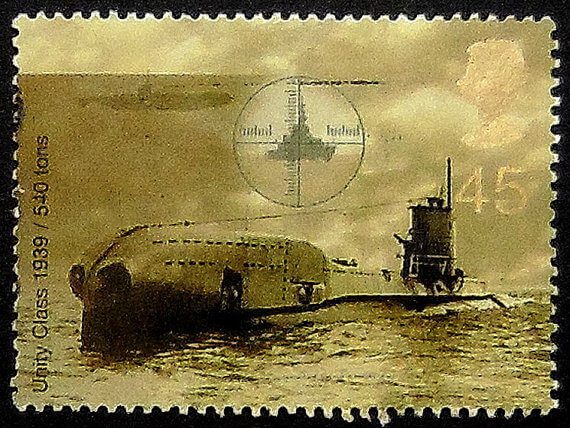
HMS Ursula was part of the early boat Unity sub-class of World War II U-Class submarines. She had an eventful war in the Mediterranean and elsewhere. Courtesy: Royal Mail via etsystatic.com
For example, it is noticeable that a lot of the groundings and of large British and US nuclear submarines since 2000 have been in the shallow and clear Mediterranean and in seas around the Middle East. During World War II the Royal Navy found that the best submarines for such operations in these seas were the small and agile U- and S-class submarines which came in at less than 1,000 tons submerged displacement. They had lower loss ratios than their larger submarine stablemates such as the O- and T-classes.
As such, this is really the size of submarine the Royal Navy should be looking at for its next class. Some submarine designers already have plans for this sort of size of boat – ranging from the conventional looking to some that are really quite bizarre. Some, in truth, are a little too specialist for the littoral mission. The Royal Navy will probably want the flexibility to do both “blue water” (deep sea) operations as well as those littoral ones close to the coast.
By the way, the Royal Navy also needs a new class of submarines with a power source other than nuclear for reasons of operational redundancy. There have been times when the entire Royal Navy attack submarine fleet has been laid up with a technical problem with their reactors.

The French Andrasta design is a small stealthy submarine designed for both littoral and deep sea operations. Courtesy: Naval Group (DCNS)

Cross section of the 711 ton British Vidar 7 submarine design with its various periscopes/optronic masts shown above its conning tower (sail). Courtesy: BMT Defence Services

Less conventional looking is the SMX-26 design from Naval Group (DCNS) which is specifically designed for littoral landing operations. Courtesy: Naval Group (DCNS)
Armed with modern day torpedoes, anti-ship and cruise missiles, and even mast mounted guns, and utilising modern-day spaceflight derived fuel cells, small compact submarines – the modern day equivalent of the wartime U- and S-class boats – could remain submerged for weeks, quietly waiting for a target to come by.
There are signs that the Royal Navy is at least thinking about new smaller submarines and in a space age way. It approached scientists at UKNest to come up with some design concepts that would be technological leap over more conventional submarine designs. The UKNest team looked to nature for their design inspiration and came up with a series of space age “fish-like” designs for both manned and unmanned submarines. The designs would use 3D-printing for their construction, along with new aerospace style composite and alloy materials to allow very deep diving.
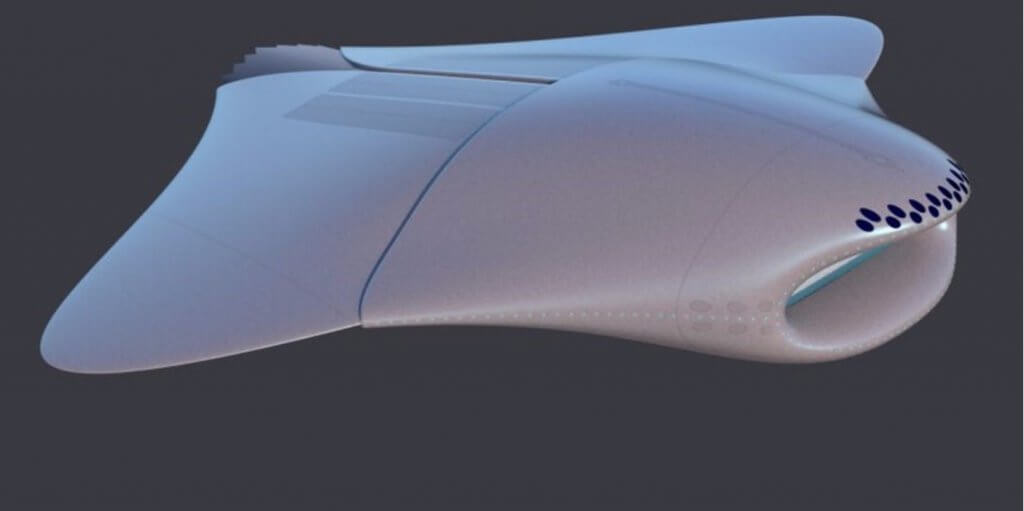
The Nautilus 100 design. Courtesy: UKNest
With a crew of less than 20, the Nautilus 100 is a small submarine design which looks like a giant manta ray. It would act as the manned mother ship for other vehicles such as unmanned eel-like vessels equipped with sensor pods which dissolve on demand to avoid enemy detection. It would also carry flying fish-shaped torpedoes/missiles could be sent to swarm against enemy targets. (By the way, the French term for flying fish, Exocet, has already been taken by the anti-ship missile which became famous/infamous during the Falklands War in the 1980s and which can be carried by submarines today.)
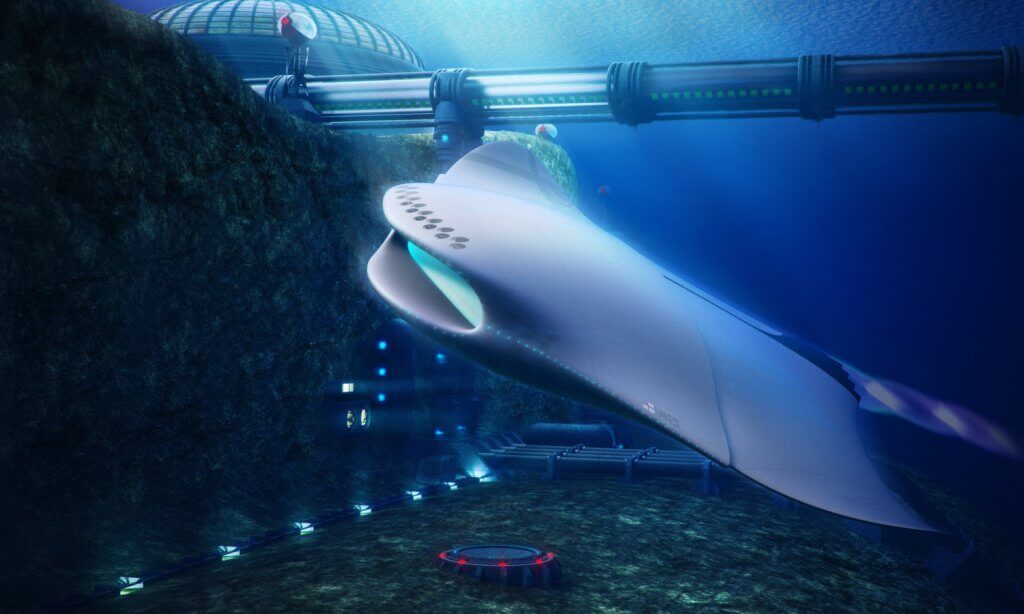
The Nautilus 100 design shown under water in this artist’s conception. Courtesy: Royal Navy
One other thing. Some moons and planets are now known to have seas – either as water or hydrocarbons – and it is likely that similar submarine designs – at least in unmanned condition will be used to explore the depths of those.
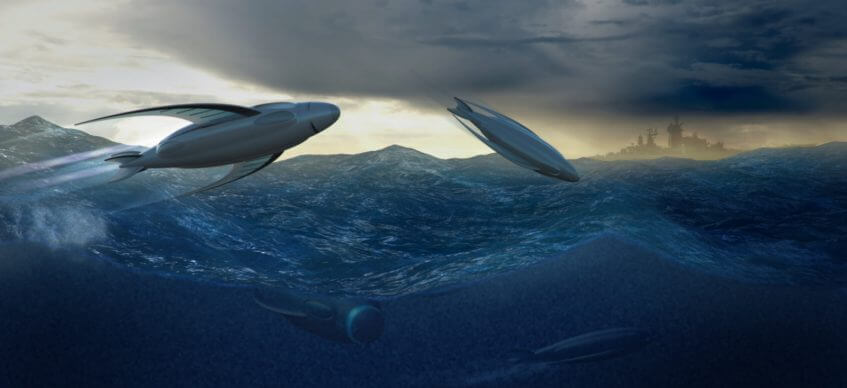
Concept of flying fish missiles/torpedoes. Courtesy: UKNest
Post Script on 20 November 2017: Since writing this article, there was a reminder of the risk involved in operating submarines – even in peacetime. The Argentinian Navy has lost contact with one of its fast conventional German built TR-1700 boats, the 2,336 ton ARA San Juan, which has a crew of 43 men and one woman on board. Before the loss of communications, the crew reported a battery short circuit incident.
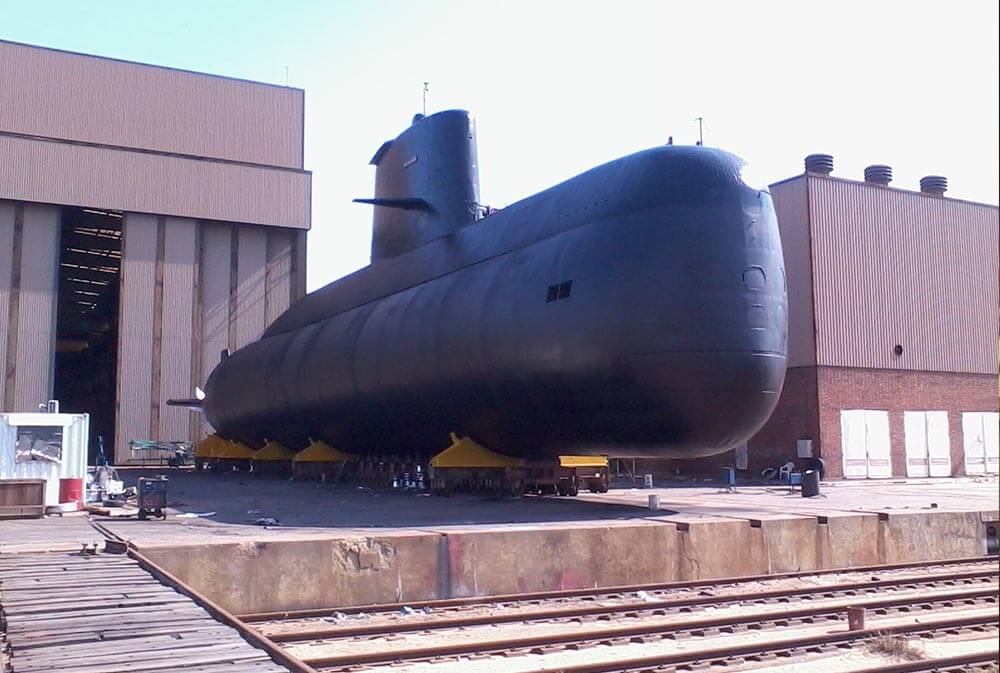
ARA San Juan. Courtesy: Wikipedia
Argentina has successfully operated German built submarines for many years. During the Falklands War in 1982, while its former US Navy submarine, the ARA Santa Fe, was quickly damaged while surfaced by Royal Navy helicopter fired missiles and knocked out of the war, the ARA San Luis, a very quiet German-built 1,285 ton Type 209 submarine, did manage to two submerged torpedo attacks on the Royal Navy’s fleet. In the event both of these attacks failed either because of faults on the SST-4 torpedoes used, or because they were fired at too long a range.
The diesel-electric TR-1700 design ARA San Juan’s was one of a pair submarines built in the 1980s to replace Argentina’s Type 209 subs. The design is noted for its high 25kt underwater speed which nearly matches the 30kt speed of most nuclear powered submarines. To do this, the submarine has eight large batteries to power a Siemens built electric motor, although these batteries need regularly charging using the diesel engines, either run with the submarine on the surface or via a snorkel intake and exhaust.
A submarine like the mission ARA San Juan should be able to survive without electrical power if it is surfaced or able to surface quickly by blowing its tanks. Nevertheless, modern submarines do have poor seakeeping qualities while travelling on the surface, and they can ship water through open hatches in rough seas. The same can happen through the snorkel if the sub is travelling on diesel power at periscope depth. This water ingestion is not normally enough to sink a vessel but could still do considerable damage to a boat’s electrical systems (the ARA San Juan’s originally reported battery short circuit is attributed to water ingestion from the snorkel). The other peacetime killers of submariners and even destroyers of submarines themselves are on board fires, on board torpedo or other explosions (e.g. The Kursk), poison gas/radiation incidents, and unintentional hatch or torpedo tube openings.
Likewise, a submarine could have a loss of electrical power, and hence propulsion, while diving deep which could cause the submarine to sink. In a similar way that a shark needs forward velocity to allow its pectoral fins to provide enough lift keep it “flying” level in the sea (a shark has no natural bouyancy), so a submarine’s hydroplanes also need forward velocity to hold a submerged submarine up if in a non-buoyant condition. It was the loss of velocity caused by an engine power loss (in its case a nuclear shutdown caused by a technical fault and poor procedures) that resulted in the USS Thresher fatally falling back below its crush depth as it attempted to climb from deep test dive in 1963.
Of course, ARA San Juan submarine may not have been “crushed” but may instead by stranded on the sea floor if it was shallow enough – though indications are that it was over 1000m deep at its last known location. As it is, even if it is located, the submarine and did survive to this depth (unlikely), it may still be too deep for a rescue, either by escape hatch or via a docked submersible.
Update on 23 November 2017: It has been revealed by the Argentinian Navy that a large underwater sound event – possibly due to an explosion or implosion event – was hydro-acoustically detected in the region of the South Atlantic at 1030 GMT on 15 November – about 60km north of the submarine’s last reported position a few hours earlier. The detection system has not been revealed but it was probably the US Navy’s SOSUS hydrophone network. Since this report, the BBC reports that the Vienna-based Comprehensive Nuclear-Test-Ban Treaty Organization (CTBTO) has separately noted that two of its hydro-acoustic stations had detected a signal from an “underwater impulsive event”.
It was a similarly detected explosive and probably flooding event in or on the submarine USS Scorpion in 1968 that caused the out of control dive to below its crush depth resulting in its subsequent destruction by implosion. It was alleged that a Soviet Navy helicopter launched torpedo might have been responsible.
Even if crew of the ARA San Juan survived a crash dive and were stranded alive under water, while they could work their spaceflight-style oxygen candles and carbon dioxide scrubbers for a time, by now the Argentine submariners will have probably run out of breathable air. As such, any rescue attempt now will probably just turn into a recovery mission. May God be with the San Juan’s crew and their families (as well as those from those other destroyed subs).



